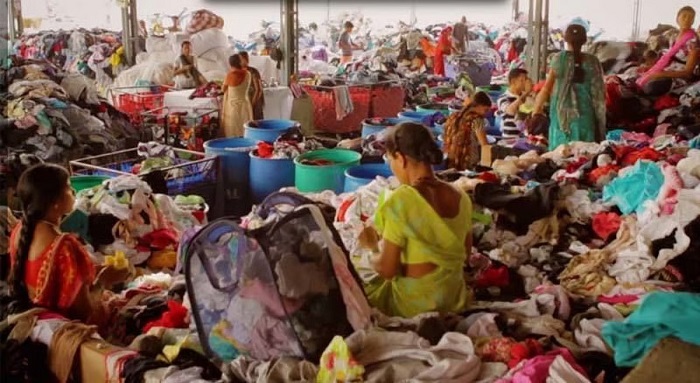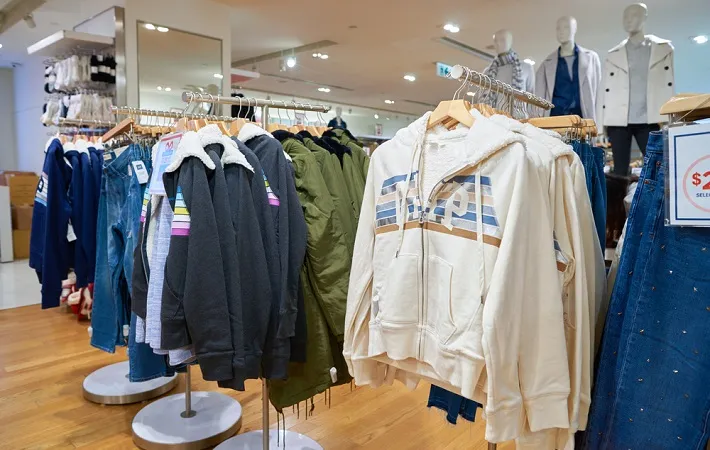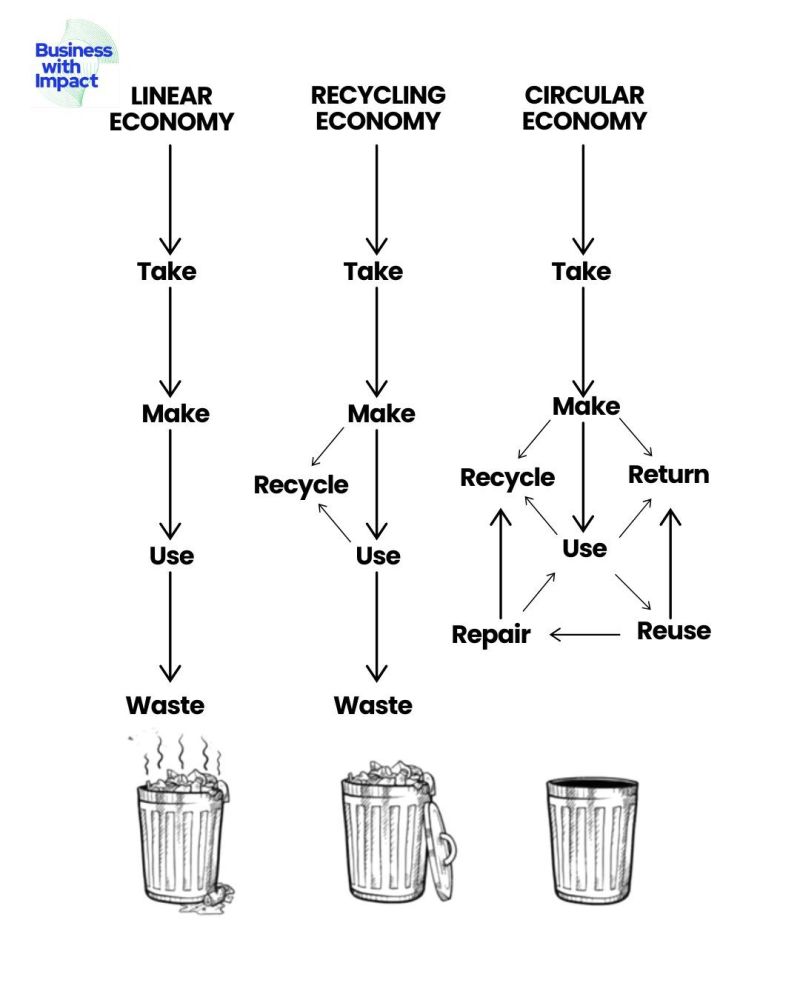"The global trade law for the 164 WTO members prohibits discrimination on the basis of tariffs. India raised basic customs duties on 43 broad categories of goods, including electronics, in this year’s Budget. It also raised import tariffs on 76 textile products and announced higher safeguard duties on solar cells imported from China and Malaysia. The tariff increases that India implemented so far are within the bound rates, unlike US President Donald Trump’s global tariffs on steel and aluminium as well as the ongoing tariff measures being taken by Washington DC and Beijing against each other."
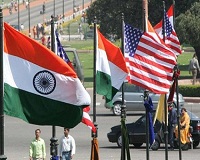 By imposing retaliatory import duty, India can fall under the list of nations that have broken their commitments to WTO, say trade experts. The bound tariff rate is the customs duty rate committed by a country to all other members under the most favoured nation principle.
By imposing retaliatory import duty, India can fall under the list of nations that have broken their commitments to WTO, say trade experts. The bound tariff rate is the customs duty rate committed by a country to all other members under the most favoured nation principle.
The global trade law for the 164 WTO members prohibits discrimination on the basis of tariffs. India raised basic customs duties on 43 broad categories of goods, including electronics, in this year’s Budget. It also raised import tariffs on 76 textile products and announced higher safeguard duties on solar cells imported from China and Malaysia. The tariff increases that India implemented so far are within the bound rates, unlike US President Donald Trump’s global tariffs on steel and aluminium as well as the ongoing tariff measures being taken by Washington DC and Beijing against each other.
Talking about India’s decision to increase duty rates, Biswajit Dhar, trade expert and professor at the Jawaharlal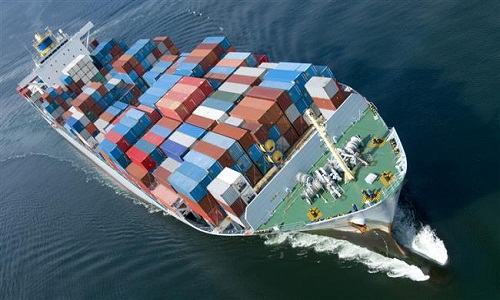 Nehru University says India had informed the WTO of its plan to raise tariffs through safeguards measures. But existing norms do not allow a country to take safeguard measures against just one nation, as India has done. The US has not respected the multilateral system recently, but if it feels that the tariffs are unjust, it should go to the WTO. In order to take control of the situation, a team of officials from India are camping in Washington DC, trying to secure an exemption from America’s aluminium duty hike, following which India may also roll back its own import hike.
Nehru University says India had informed the WTO of its plan to raise tariffs through safeguards measures. But existing norms do not allow a country to take safeguard measures against just one nation, as India has done. The US has not respected the multilateral system recently, but if it feels that the tariffs are unjust, it should go to the WTO. In order to take control of the situation, a team of officials from India are camping in Washington DC, trying to secure an exemption from America’s aluminium duty hike, following which India may also roll back its own import hike.
Is trade deficit on course?
A recent WTO report said, India has implemented 28 reforms facilitating trade, much higher than the two taken by China. Between mid-October 2017 to mid-May 2018, India led the pack among G20 nations in imposing tariff increases, stricter customs procedures, imposition of taxes and export duties. Aditi Nayar, principal economist, ICRA, feels the current account deficit is likely to widen to $16-17 billion or around 2.5 per cent of GDP in Q1 FY2019, from $14 billion in Q1 FY2018, with higher crude oil prices negating the contraction in gold imports.
On the other hand, domestic industry across varied sectors such as steel, apparel and electronics has complained of foreign goods flooding the market. Sanjay Jain, Chairman, at Confederation of Indian Textile Industries points out a substantial drop in import duty was observed after implementation of GST, which has encouraged cheaper imports. Imports in 2017-18 grew at a rate of 16 per cent. Therefore, the decision to increase import duties on many apparel items comes as a relief.




